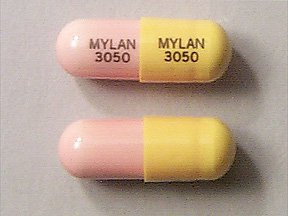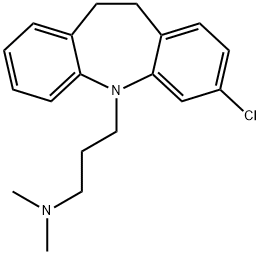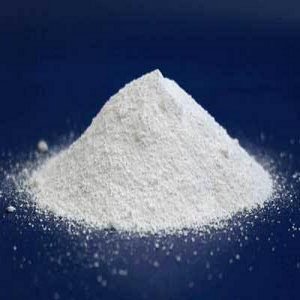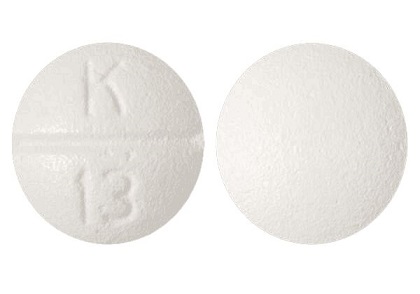Clomipramine: Uses, Treatments, Drug interactions and Side effects
An antidepressant
Clomipramine is a safe, reliable and rapid-acting tricyclic antidepressant which is white or yellowish crystalline powder at room temperature.It is odorless and bitter in taste; and has a yellowish color when it is in the light. It is very easy to be soluble in glacial acetic acid or chloroform, soluble in water or ethanol, slightly soluble in acetone, and almost insoluble in ether. The anti-depressant effects as well as anti-anxiety and dedative effects of clomipramine are due to the reuptake inhibition of noradrenaline (NA) and serotonin (5-HT) by the presynaptic membrane. It has stronger effects on reuptake inhibition of serotonin than other tricyclic drugs, but its reuptake inhibition of norepinephrine is less potent than that of imipramine and amitriptyline. It has a mild anticholinergic effect, and low sedative effect.
Clomipramine is well-absorbed after oral administration. The plasma blood concentration for the treatment is 200-500 ng/ml, and the steady-state blood concentration can be reached within 1 to 2 weeks. Clomipramine is metabolized in the liver, and the concentration of the active metabolite desmeclopramine is twice that of the original drug. Clomipramine binds 96 to 97% to plasma proteins, and it has a half-life of 21 to 31 hours. About 70% are excreted in the urine and 30% are excreted in the feces. It is used to treat endogenous, reactive, neurological, occult depression and various depression states; schizophrenia with depression; obsessive-compulsive disorder, phobia and a variety of pain etc. Clomipramine also reduces the level of 5-hydroxyindoleacetic acid (5HIAA) in cerebrospinal fluid and platelets, which is associated with the treatment of obsessive-compulsive disorder and has affinity for D2 receptors, alpha adrenergic receptors, and histamine receptors. In addition, it has a strong anticholinergic effect, and mild antagonism of dopamine can increase plasma levels of prolactin and growth hormone.
Drug interactions
(1) Combination with ethanol can promote the inhibition of central nervous system.
(2) Combination with anticonvulsant drugs can lower the threshold of epilepsy, thereby reducing the effect of anticonvulsants, and so the dose of antiepileptic drugs must be adjusted.
(3) Combination with antihistamines or anticholinergic drugs strengthens the effects of each other, and the dosage should be adjusted in time.
(4) Combination with guanethidine may reduce the antihypertensive effect of guanethidine. However, the effect of guanethidine may not be affected when the dosage is not more than 150 mg per day.
(5) Combination with estrogen or an estrogen-containing contraceptive may increase the adverse reactions of clomipramine and reduce its antidepressant efficacy.
(6) Combination with a monoamine oxidase inhibitor may lead to a hypertensive emergency, and death caused by this has been reported. Generally, start the administration two weeks after the former is discontinued.
(7) Combination with adrenergic receptor agonists may cause severe hypertension and high fever.
(8) Combination with thyroid preparations can synergize with effects of each other and lead to arrhythmia, so the dose of both must be reduced.
Side effects
Common: dry mouth, sweating, dizziness, shakiness, blurred vision, dysuresia and postural hypotension. Less common: skin allergies, granulopenia. Overdose may lead to anxiety, arrhythmia, conduction block and insomnia, etc. Rare: liver damage, fever, seizures.
Reference
K. W. Boyer and W. Horwitz, Special considerations in trace element analysis of foods and biological materials. In I. K. O’Neill, P. Schuller, and L. Fishbein, eds., Environmental Carcinogens: Selected Methods of Analysis, IARC Sci. Publ. No. 71, IARC, Lyon, France, 1986, pp. 191–220.
National Institute for Occupational Safety and Health (NIOSH), Manual of Analytical Methods, 4th ed., Method 7300, U. S. Department of Health and Human Services, Washington, DC, 1994.
V. J. Zatka, Chemical Speciation of Nickel Phases in Industrial Dust, Method 90-05-03, Inco, Ltd. J. Roy Gordon Laboratory,
You may like
Lastest Price from Clomipramine manufacturers

US $1.10/g2021-07-27
- CAS:
- 303-49-1
- Min. Order:
- 1g
- Purity:
- 99.9%
- Supply Ability:
- 100 Tons min

US $15.00-10.00/KG2021-07-02
- CAS:
- 303-49-1
- Min. Order:
- 1KG
- Purity:
- 99%+ HPLC
- Supply Ability:
- Monthly supply of 1 ton



